Top 10 Dangerous Sexually Transmitted Diseases (STDs)
Suggested by SMSThe CDC estimates over 19 million new STD infections are diagnosed every year in the U.S., almost half of them in men and women 15 to 24 years old. Doctors say there anywhere from 25-50 different kinds of STD, though you have probably only heard of the 7-10 most common ones.
Most sexually transmitted infections are not deadly, and many are just inconvenient. Many people live their whole lives with an STD—but this doesn’t mean you should just “wait until it goes away” if you think you might have one. No one wants to go to the doctor for problems down there, but STDs can cause anything from the downright disgusting to pain, infertility, and death. Here are the top 10 most common STDs, arranged in order from most common to least common in the U.S.
10. Bacterial Vaginosis
Okay, so this isn’t technically an STD, but it is classified as a sexually transmitted infection by the CDC because of its possible causes. Bacterial vagniosis, more commonly known as a yeast infection, can affect every woman of child-bearing age (regardless of sexual activity), and many women get 3 or 4 yeast infections per year—making this by far the most common STI and #1 on our list.
No one really knows what causes yeast infections. Simply put, bacterial vaginosis is when the normal growth of healthy bacteria in the vagina becomes unbalanced for any reason. One possible cause of a bacterial imbalance in the vagina is getting a new sex partner or having multiple sex partners, but many other undetermined factors can cause a yeast infection, and even women who have never had sex can get it. Symptoms may include itching, burning during urination, vaginal discharge, and unpleasant odors in the tender regions. Fortunately, treatments are fast and simple and can usually be found at the local drugstore.
9. Trichomoniasis
Trichomoniasis (Trich for short) is actually not a disease. It’s a parasite. This single-celled organism can affect both men and women and most commonly lives in the vagina or urethra. It infects an estimated 7.4 million people per year. Fortunately, it’s not hard to cure, but that doesn’t mean having Trich is fun. Most men with Trich never exhibit symptoms, so it can be difficult to tell if a man has it. Symptoms for men include irritation, burning after urination, and mild discharge. For women, the symptoms are itching, strong odor, and frothy yellow-green discharge. Trich can only be treated with prescription drugs, so if you exhibit any of these symptoms, you should probably contact a doctor as soon as possible. But the effects of Trich are relatively mild compared with the next most common STD on the list.
8. Genital Warts
Human Papillomavirus (HPV) infects about 6 million men and women every year, making it one of the top 3 worst STDs in the country. Most people who carry HPV never exhibit any symptoms, but the virus can be transmitted easily through vaginal intercourse, anal sex, or even oral sex with an infected partner. When symptoms occur, the health problems HPV can cause are among the most unpleasant of any STD, ranging from colonies of cauliflower-shaped bumps throughout the genital region to cervical cancer, anal cancer, throat cancer, and even death.
The good news is HPV is not deadly if it is diagnosed early. The bad news is it can take years for symptoms to appear, and there is no cure for the virus itself, though genital warts and cancers caused by HPV can be treated. Vaccination and regular screenings are a must.
7. Pubic Lice
The fourth most common STD in the U.S. infects about 3 million people per year. Luckily, this STI is more embarrassing than dangerous, but it is definitely on the top 10 list of things that make you go “ew.” Pubic lice are tiny parasitic insects that live in the hair of the genital region. They spread through almost any sexual contact. The lice are clearish in color and hard to spot, but both eggs and adult bugs are visible with the naked eye. Beyond an irritating itch, pubic lice don’t cause any health problems. Lice can be treated with most lice-killing shampoos available at the nearest pharmacy, but admitting to your partner that you have them can be punishment in itself!
6. Chlamydia
Each year there are about 1.2 million new cases in the U.S. alone. It can be transmitted by men, but the effects of Chlamydia are worst in women. It is a “silent” and dangerous infection. The majority of people infected don’t show any symptoms, but Chlamydia can cause serious permanent damage in the meantime. In women, Chlamydia often causes pelvic inflammatory disease. If left untreated, it can lead to infertility and highly dangerous ectopic pregnancy. Symptoms of Chlamydia, if there are any, are common to many STDs: discharge from penis or vagina and burning during urination. This makes Chlamydia especially difficult to catch. The good news is, it’s easily treated with antibiotics.
5. Gonorrhea
Gonorrhea is another common sexually transmitted bacterial infection, and one of the most infectious. The disease can be transmitted through any sexual contact or oral-sexual contact with an infected partner. There are about 700,000 new infections of Gonorrhea each year. Like Chlamydia, there are often no symptoms or very mild symptoms with a gonorrheal infection, and these symptoms can be very similar to the symptoms of other common STDs. Many women even mistake Gonorrhea for a yeast infection.
Also like Chlamydia, Gonorrhea can cause serious and even fatal complications if it is ignored. In women, Gonorrhea is another common cause of pelvic inflammatory disease, infertility, and ectopic pregnancy. In men, Gonorrhea can lead to epididymitis, a painful infection of the ducts in the testicles, which can also lead to sterility. Fortunately, Gonorrhea is usually curable with antibiotics.
4. Herpes
This disease is a byword in STDs. There are between 500,000 and 1 million estimated new cases of Herpes (HSV-2) infection each year. The disease can be spread by intercourse as well as by oral sex. The Herpes virus is characterized by small sores or lesions around the mouth (cold sores) and/or similar sores in the genital area. Herpes can also cause a variety of more or less serious secondary infections such as encephalitis and Herpes genital disease.
However, Herpes complications are generally mild. Most infected persons experience only a few outbreaks of the sores per year, and Herpes sores can be treated with topical creams and ointments or antiviral prescription medicine. The worst part of the disease is that it is incurable, and it can be transmitted even when there are no sores present.
3. Hepatitis
Of the three common strains of the Hepatitis virus (Hepatitis A, B, and C), only Hepatitis B and C are considered to be sexually transmitted diseases. Routine Hepatitis vaccinations for children have reduced the incidence of the disease in the U.S. to only about 60,000 cases per year for both strains. Hepatitis C is most commonly contracted from using “dirty” needles for drug injections, while Hepatitis B is transmitted through bodily fluids and blood like HIV (see below). Infection with Hepatitis can cause severe and deadly liver problems. so even though Hepatitis has been reduced to #3 on the most common STDs list, it is still one of the most dangerous.
2. HIV/AIDS
Contrary to what many believe, HIV is not one of the most common STDs out there. At 50,000 new cases per year, it only makes #9 on the list. However, HIV is incurable and eventually deadly. Even if it is not the most common STD, it is definitely one of the worst. The deadly effects of HIV and AIDS (as the disease progresses) come from its ability to attack and severely weaken the immune system, making the body more susceptible to other illnesses.
Another factor in the transmission of HIV is the pre-existence of another STD. People who already have another STD are much more likely to contract HIV. STDs that cause lesions or inflammation in the genitals provide a portal by which HIV can enter the body through blood, semen, or vaginal fluid. This is why protection during intercourse and regular testing for all STDs, not just HIV, are essential.
1. Syphilis
Last but not least, Syphilis barely makes the list of top 10 most common STDs at about 14,000 new infections per year. However, Syphilis is possibly the scariest STD on the list. The disease imitates so many symptoms of other diseases that it is difficult to diagnose, and during the third, latent stage of infection, the symptoms disappear. Syphilis can remain latent in the body for 10-20 years. Meanwhile, the virus attacks the internal organs, muscles, heart, brain, nerves, eyes, and joints, causing muscle spasms, loss of coordination, numbness, paralysis, brain damage, dementia, and finally death. All this damage can begin with a single small sore on the genitals called a chancre, which most people might not even notice.
Conclusion: To protect yourself against any and all STDs, always use protection during intercourse and other sexual activities. Get regular check-ups and get tested if you think you might have an STD. Lastly, the most recommended way to protect against STDs is to abstain from sex, or limit your number of sexual partners to one.



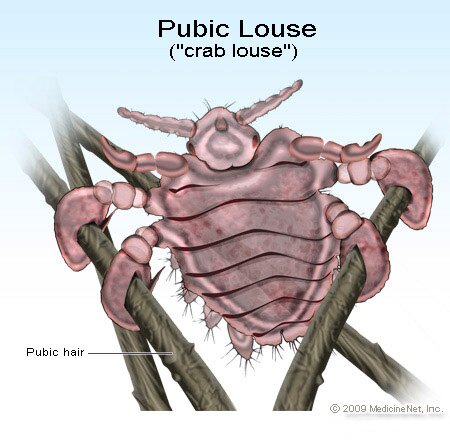
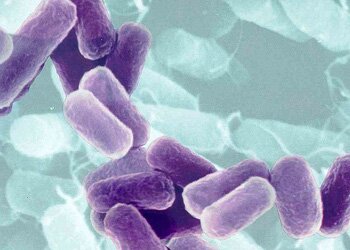
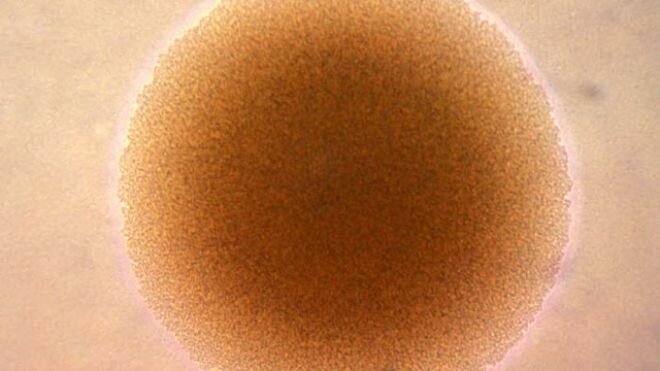
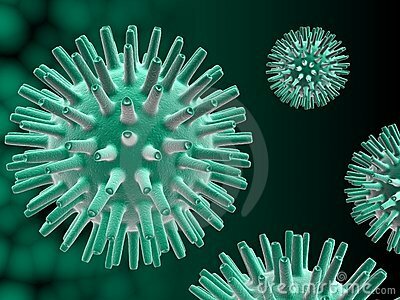

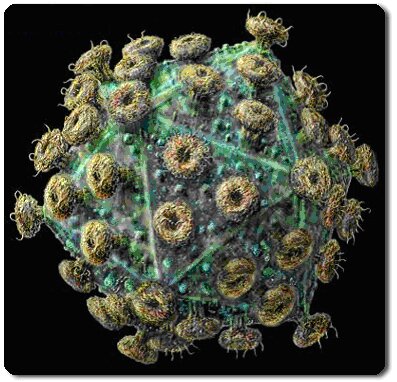











truth about abs articles
Top 10 Dangerous Sexually Transmitted Diseases (STDs)
best recipes facetime app for android
Top 10 Dangerous Sexually Transmitted Diseases (STDs)